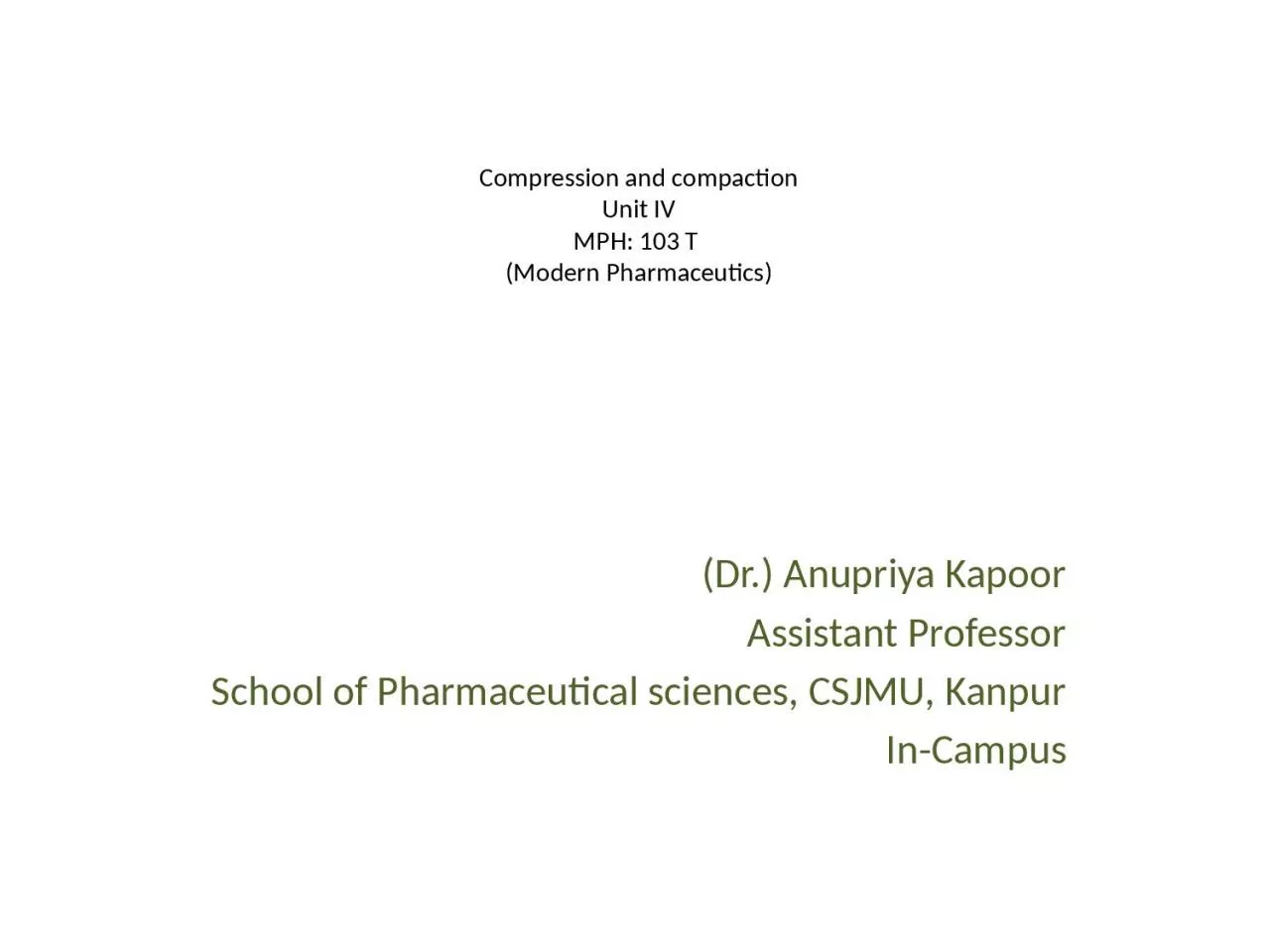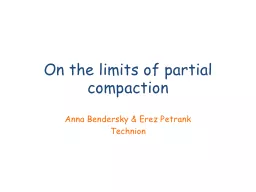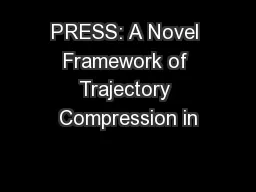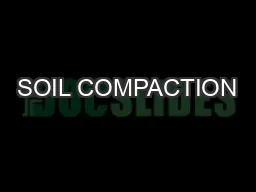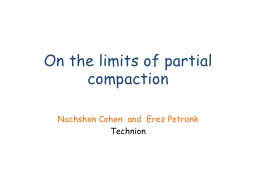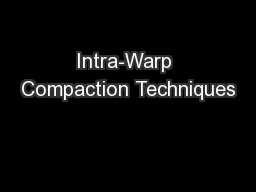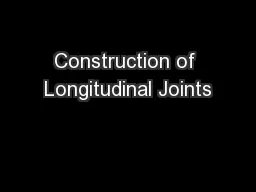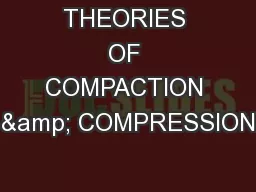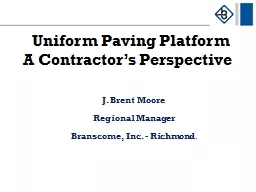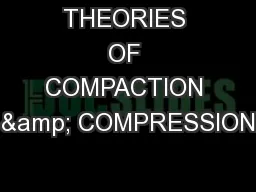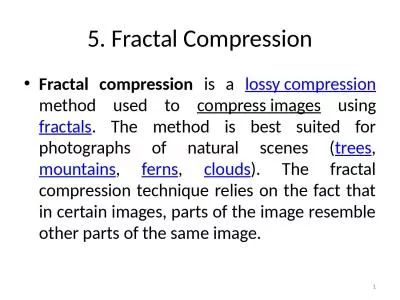PPT-Compression and compaction
Author : audrey | Published Date : 2024-02-03
Unit IV MPH 103 T Modern Pharmaceutics Dr Anupriya Kapoor Assistant Professor School of Pharmaceutical sciences CSJMU Kanpur InCampus Learning Objective After
Presentation Embed Code
Download Presentation
Download Presentation The PPT/PDF document "Compression and compaction" is the property of its rightful owner. Permission is granted to download and print the materials on this website for personal, non-commercial use only, and to display it on your personal computer provided you do not modify the materials and that you retain all copyright notices contained in the materials. By downloading content from our website, you accept the terms of this agreement.
Compression and compaction: Transcript
Download Rules Of Document
"Compression and compaction"The content belongs to its owner. You may download and print it for personal use, without modification, and keep all copyright notices. By downloading, you agree to these terms.
Related Documents

